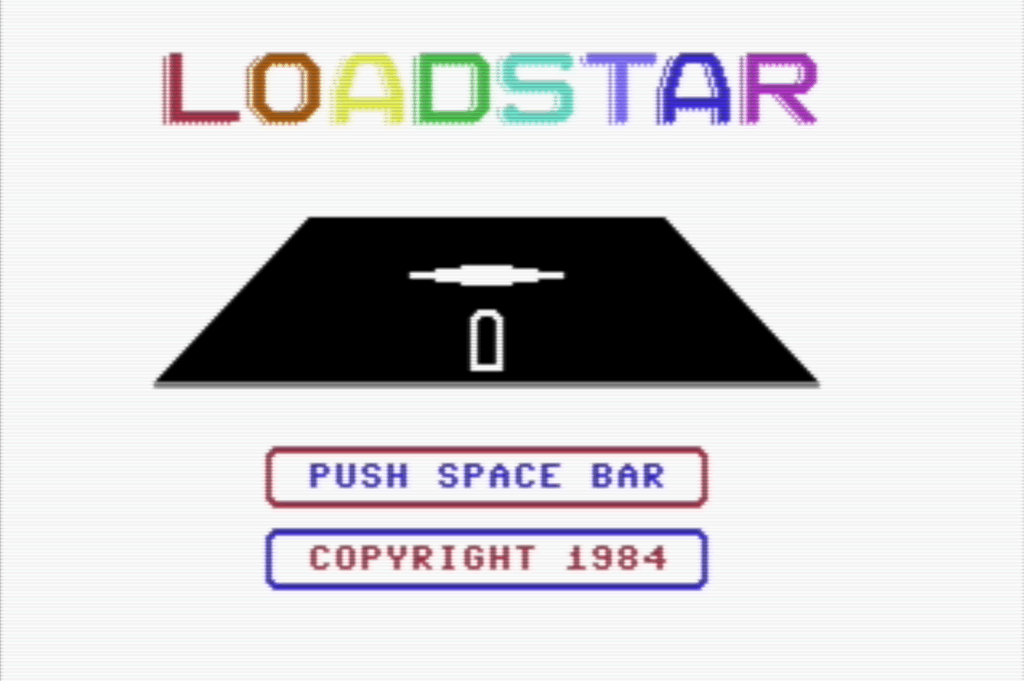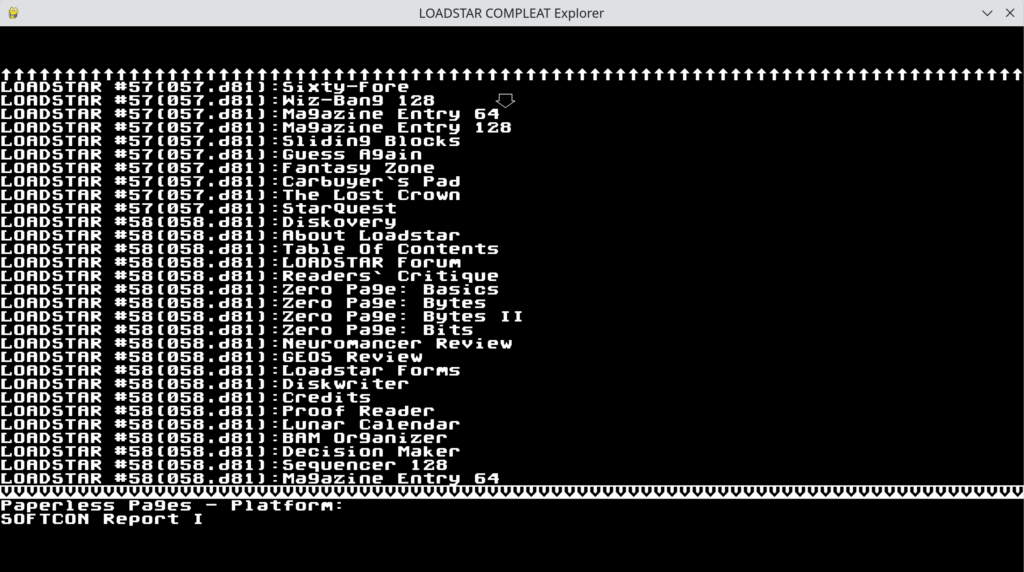I’ve seem lots of really great pinball on Youtube, even though with every extra one you watch there’s a danger Youtube will think that’s all you want to see for a while.
This particular 22-minute video is special for a few reasons. First, it’s made by Bowen of PAPA, the Professional and Amateur Pinball Association, which means you’re gonna see some really good play. Second, it’s two nice games in a row, despite the game being set to tournament settings, meaning, game rules are at their hardest or nearly so, and there are no extra balls. And third, both games achieve a respectable score, but they do so by completely different strategies. The first one goes for multiballs exclusively, and gets to over 200M mostly through jackpots. The second pursues Mansion Rooms, which is slower and a little riskier, but gets to over 300M.
Addams Family is, as the video mentions, the best-selling pinball machine of all time. It’s got several unique features to it. In many pinball games the modes mostly differ by the available shots, but Addams Family has a mode, Seance, that turns on spinning magnets beneath the playfield (“FEEL the POWER!”), so the game actually plays differently, physically, while it’s running. It’s worth a lot of points, but it’s also very easy to lose control of the ball during it.
Multiball on Addams Family, as shown, can also be worth tons of points. The Power magnets also run during it, but shots to the side ramp during it are worth a minimum of 20 million. Addams Family is from an age where ball savers are rare, if there’s any at all, so there is a very strong possibility you’ll just immediately fail out of multiball with nothing to show for it. The game does let you try to restart multiball if you earn no jackpots, but you’ll only have to balls and could well just fail out again.
High-level pinball play is about both quick reactions and careful strategy. Don’t take shots on the fly if you can help it, but try to dampen the ball’s momentum, trap the ball on the flippers, and make as many controlled shots as possible. During multiball, try to get all but one ball on the flipper you want to use the least, and use the other one to make the important shots. If the ball is on the wrong flipper, try to get it to the other flipper safely, using techniques like “post transfers.”
Good pinball takes lots of practice, and sometimes unlearning habits, but it’s a kind of play that not many real-time video games can match. For pinball’s a very honest game, there is rarely anything the game can do to covertly sabotage you (if the machine is maintained well), but its skill ceiling is infinite. You can always play better.




